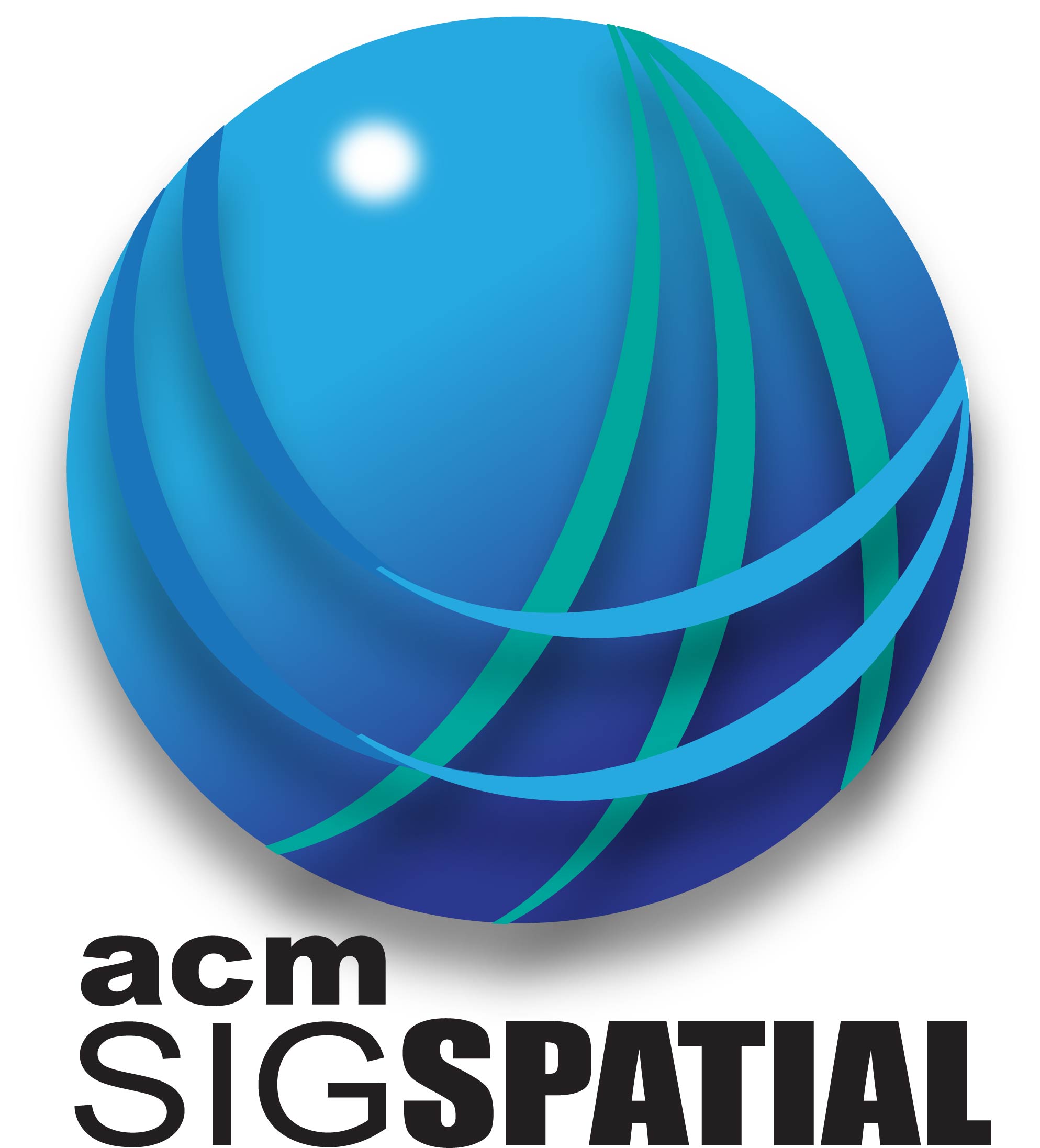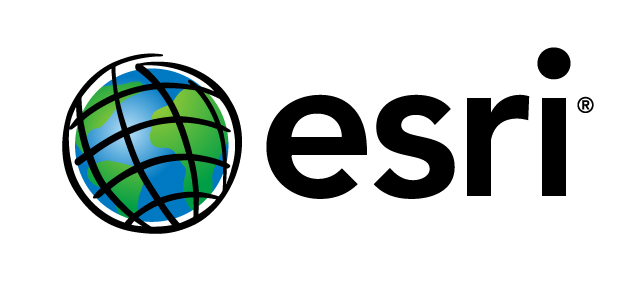Important Dates
- Abstract Submission
- June 24, 2010, 11:59 PM EST [Extended]
- Full Paper Submission
- July 3, 2010, 11:59 PM EST [New Extended]
- Notification of Acceptance
- Sept. 2, 2010
- Camera-Ready Copy
- Sept. 9, 2010
- Conference Date
- Nov. 2-5, 2010
Chairs

Corporate Sponsors
|
Maneesh Agrawala
Department of Electrical Engineering and Computer Science
University of California at Berkeley
Designing Maps to Help People
|
Abstract:
Over the last 15 years spatial databases and mapping services have
become one of the most important applications on the Internet. In that
time we have seen transformative increases in the availability of
spatial data such as detailed satellite, streetside and casual images,
3D terrain and building models, and real-time traffic
information. Such data has made it possible to create a variety of new
kinds of maps and online experiences of any location on earth. Yet,
only a handful of different kinds of maps are available online today.
Moreover, it is not always clear what task today's online maps are
designed to solve.
In this talk I'll present a user-centered view of map design. I'll
describe some of the difficult spatial tasks people regularly face as
they navigate the world and I'll draw on the long history of mapmaking
to show a variety of maps that are carefully designed to address these
tasks. Examples will include maps designed to help users find their
way from one location to another, to aid viewers in better
understanding the spatial layout of 3D environments, and to assist
tourists in finding points of interest in a new city. I'll conclude
with a set of open challenges for online map design.
Biography:
Maneesh Agrawala is an Associate Professor in Electrical Engineering
and Computer Science at the University of California, Berkeley. He
received a B.S. in 1994 and a Ph.D. in 2002, both from Stanford
University. Maneesh works on visualization, computer graphics and
human computer interaction. His focus is on investigating how
cognitive design principles can be used to improve the effectiveness
of visual displays. The goals of this work are to discover the design
principles and then instantiate them in both interactive and automated
design tools. Recent projects based on this methodology include
automated map design algorithms, systems for designing cutaway and
exploded view illustrations of complex 3D objects, and interactive
tools for manipulating digital photographs and video. He received an
Okawa Foundation Research Grant in 2006, an Alfred P. Sloan Foundation
Fellowship, an NSF CAREER award in 2007, the SIGGRAPH Significant New
Researcher award in 2008 and MacArthur Foundation Fellowship in 2009.
|
|





